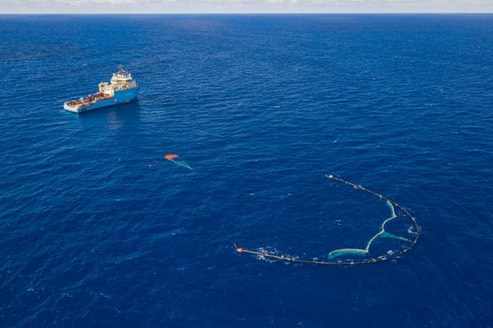Blog
Hazardous Waste
Rescue
The crew of the M/V Aurora rescued a dolphin and two sea turtles that had become entangled in a floating net.
Denzil Baynes of the Nordhavn 120 Aurora was the big – meaning $10,000 big – winner of the first Nordhavn Film Festival at the company’s headquarters in Dana Point, California, on Saturday night. Some 200 people attended the black-tie, red-carpet, Hollywood-style event, which basically celebrated the Nordhavn culture of adventure and creativity.
Baynes’ winning film shows the Aurora crew first saving a dolphin and then saving some sea turtles that had been snared by lines in the ocean. Some of the filming was underwater and some was on the boat as the Aurora crew cut the lines and set the dolphin and turtles free.
Bravo Zulu!
/fl
Law and Order
Ask Dallas Lad
How serious is the Coast Guard in enforcing regulations concerning the carrying of passengers on the water?
The U.S. Coast Guard had ordered the owner of an illegal 45-foot charter boat, named “Sea You Twerk,” to stop operating.
He didn’t, the Coast Guard said.
Now, Dallas Lad, 38, will serve 30 days in federal prison, a judge ruled Friday. When he is released, Ladd of Miami Beach, who pleaded guilty, will not be able to own or go on a boat for three years.
/fl
Oceanography
Picking Up the Trash
Picture a floating ‘Roomba’, only instead of the robot moving randomly around the room, the room moves under the robot. That, essentially, is what is going on with ‘Ocean Cleanup System 001B’, “the first cleanup systems that can be trialed and utilized in the Great Pacific Garbage Patch – the world’s largest accumulation zone of ocean plastics – situated halfway between Hawaii and California.”

Floating debris, most of which is some form of plastic, is being collected in a large floating boom. The collection is then periodically removed by a surface vessel and taken to a proper disposal facility.
For safety sake, the latest generation of these floating apparatus are equipped with both AIS and Radar reflector’s, and their location is monitored; things that the random floating container doesn’t offer.
If the concept proves itself worthy, I’m sure that we will see more of these in other areas where the ocean current is predictable, such as the Gulf of Mexico.
Given the scale of things, it’s difficult to visualize the dent that this is making in the overall problem, but I wish them well.
/fl
